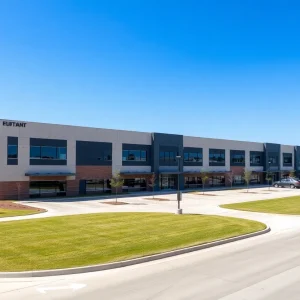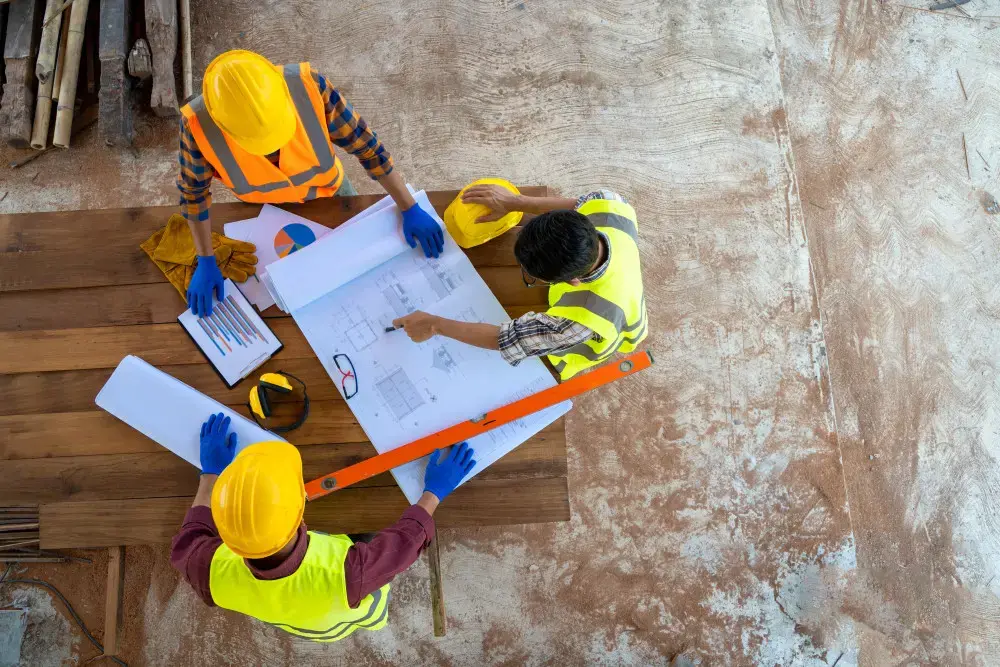AUSTIN, Texas — The Future of the Steve Hicks School of Social Work Site Unfolds
The beautiful city of Austin, Texas, is buzzing with mixed emotions as the University of Texas at Austin has officially kicked off the demolition of the Steve Hicks School of Social Work building. While some eagerly await the construction of a new football training facility, many are expressing their discontent over what is being lost in the process.
Back in the spring of 2023, the university announced ambitious plans to replace the existing School of Social Work building, which has stood tall since 1933, with a state-of-the-art football training facility. This new facility will eventually take the place of what’s fondly known as “The Bubble” at Denius Fields. The university plans for this modern practice facility to feature both a 100-yard outdoor and indoor field, setting the stage for an exciting new era in football training.
Demolition Commences
Fast forward to now, and progress is evident; demolition at the site is officially underway after the university secured a demolition permit from the Texas Historical Commission. The school has promised to honor the history of the School of Social Work’s building throughout this process. Demolition work is likely to stretch on for a few months, paving the way for the new facility.
As the buildings change, so too will the School of Social Work itself. Students and faculty have already relocated to Walter Webb Hall, where they’ll remain until approximately mid-2028 when they will transition into the current McCombs School of Business building. This move will trigger McCombs’ move to its brand-new building, Mulva Hall, which will be situated where the Dobie Center Garage once was. Exciting times are ahead as Mulva Hall is slated for an opening around August 2028.
A Thread of History
Although the plans sound progressive, not everyone is cheerfully participating in the celebrations. Many professors, students, and preservation groups have rallied around saving the School of Social Work building, which has a rich history that includes serving as the University Junior High School. This particular institution played a crucial role in the desegregation of Texas public schools. Local historians reminisce about its legacy as a beacon of integrated education, essentially guiding the end of school segregation in Austin.
Barbara Anderson, a retired professor of the School of Social Work, poignantly shared, “It was kind of an island of successful, harmonious, working together by choice.” Unfortunately, alongside progress, nostalgia and sadness cling to those who value the school’s enduring history.
The state, recognizing the significance of the building, even granted it a State Antiquities Landmark (SAL) designation earlier this year, placing it in the company of profound historical treasures like The Alamo. Still, despite this designation, the bulldozers roll on.
Concerns About Preservation
Ultimately, the question arises: What does this demolition mean for historical preservation in Texas? Preservation groups are visibly apprehensive about the implications of dismantling this landmark. JuanRaymon Rubio from Preservation Austin explains, “We’re as shocked…if that can happen in Austin, it can happen with all of our state landmarks across the state.”
Even though the Texas Historical Commission has set some guidelines for the demolition—like documenting the building’s history, producing a documentary film, and salvaging architectural features—these measures appear inadequate in ensuring that the historical significance is preserved. Rubio and other advocates are pushing for a stronger State Antiquities code to empower the Historical Commission in such matters.
Calling for Change
As the dust settles and the structure comes down, the preservationists are working tirelessly to obtain an injunction to halt the demolition. It seems that the fate of not just one building but potentially many is hanging in the balance. The effort encapsulates a broader dialogue about how our communities acknowledge and protect our shared history whether through education or sports.
As we move forward, Austin observes a defining moment that fuses past memories with future expectations, igniting conversations that might just shape the very landscape of historical preservation across Texas.
Author: STAFF HERE AUSTIN WRITER
AUSTIN STAFF WRITER The AUSTIN STAFF WRITER represents the experienced team at HEREAustinTX.com, your go-to source for actionable local news and information in Austin, Travis County, and beyond. Specializing in "news you can use," we cover essential topics like product reviews for personal and business needs, local business directories, politics, real estate trends, neighborhood insights, and state news affecting the area—with deep expertise drawn from years of dedicated reporting and strong community input, including local press releases and business updates. We deliver top reporting on high-value events such as SXSW, Austin City Limits Music Festival, Formula 1 United States Grand Prix, and the Austin Film Festival. Our coverage extends to key organizations like the Greater Austin Chamber of Commerce and Visit Austin, plus leading businesses in technology, automotive, and retail that power the local economy such as Dell Technologies, Tesla, and Apple. As part of the broader HERE network, including HERECollegeStation.com, HEREDallas.com, HEREHouston.com, and HERESanAntonio.com, we provide comprehensive, credible insights into Texas's dynamic landscape.








